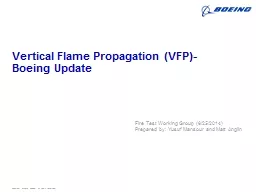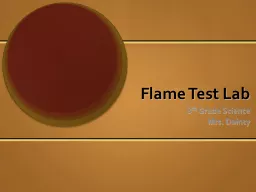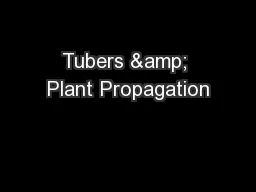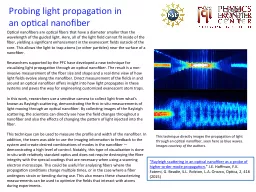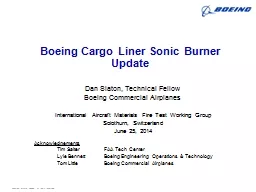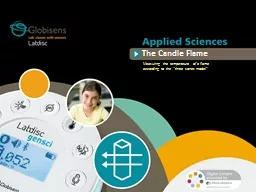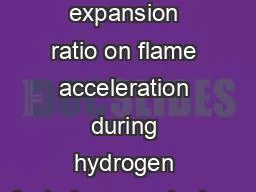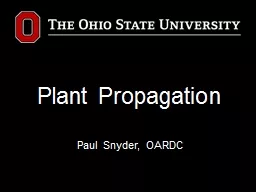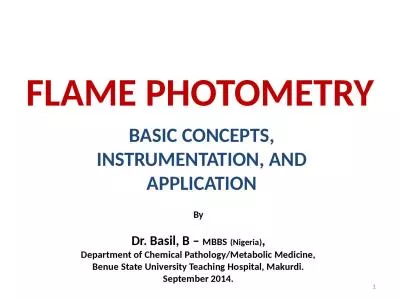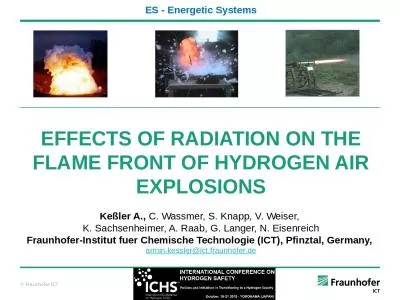PPT-Vertical Flame Propagation (VFP)- Boeing Update
Author : myesha-ticknor | Published Date : 2018-12-24
Fire Test Working Group 6252014 Prepared by Yusuf Mansour and Matt Anglin VFP Background The FAATC is developing a new test method for extensively used hidden area
Presentation Embed Code
Download Presentation
Download Presentation The PPT/PDF document "Vertical Flame Propagation (VFP)- Boeing..." is the property of its rightful owner. Permission is granted to download and print the materials on this website for personal, non-commercial use only, and to display it on your personal computer provided you do not modify the materials and that you retain all copyright notices contained in the materials. By downloading content from our website, you accept the terms of this agreement.
Vertical Flame Propagation (VFP)- Boeing Update: Transcript
Download Rules Of Document
"Vertical Flame Propagation (VFP)- Boeing Update"The content belongs to its owner. You may download and print it for personal use, without modification, and keep all copyright notices. By downloading, you agree to these terms.
Related Documents

